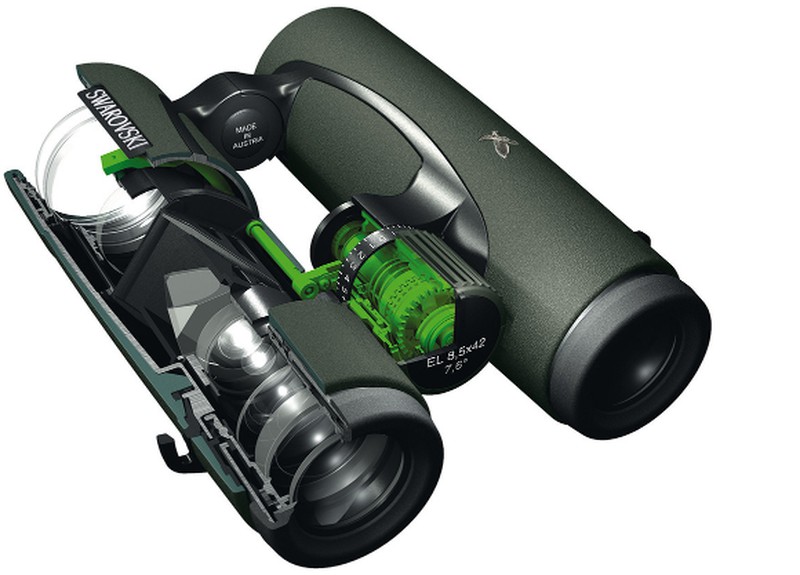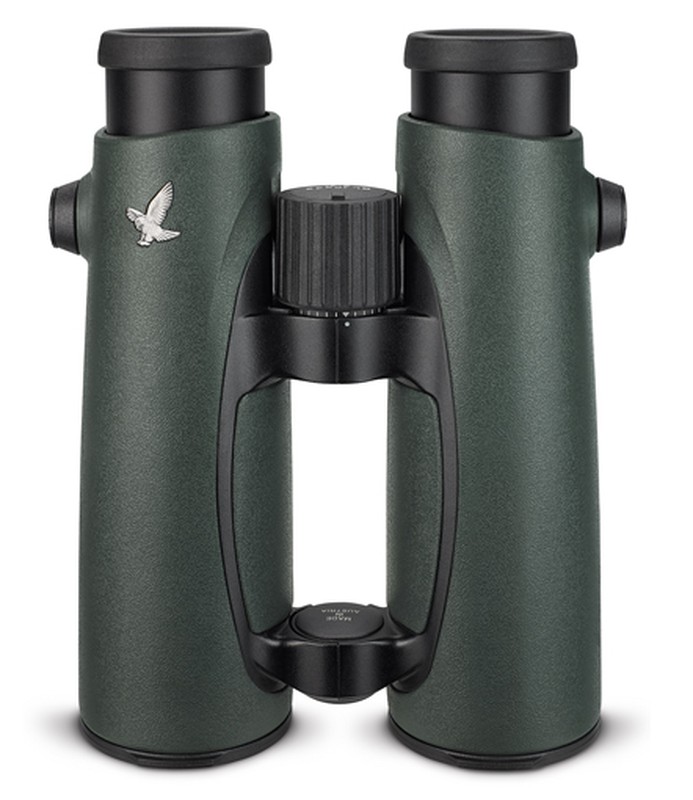The secrets of optical treatment in binoculars and ground telescopes
What does an optical treatment mean? What advantages does it give us? What does it consist of?

In a binocular or terrestrial telescope, everything that concerns your optics is the most determining factor of the product. His lenses are responsible for transmitting the image to our eyes, and the intention is to show it in the most realistic way possible.
Taking into account that each lens that we put in an optical system, we modify the initial properties of the image, we need treatments to reverse these quality losses or optical aberrations. In a binocular, for example, we can have up to 10 different optical surfaces, which must undergo scrupulous and even artisanal treatment.
We can distinguish the following basic optical treatments:
Coated or Coated: Partial treatment, that is, one or more surfaces are treated, having a poor overall quality.
Fully Coated or Fully Coated: All surfaces are coated with an anti-reflective magnesium fluoride coating. Transmission capacity is close to 80% and quite acceptable for most users.
Multi Coated or Multi-Coated: One or more surfaces are treated with multi-layers of a chemical compound and the rest with Magnesium Fluoride.
Fully Multi Coated or Fully Multi-Coated: All optical surfaces are treated with multiple layers of a chemical compound. Binoculars that include this treatment offer a transmission of 90 to 95%. The result is an incredibly bright image with maximum contrast.
At first glance and when choosing a binocular it can seem difficult or very difficult to distinguish between different brands, models and especially between different qualities or optical treatments. The main intention of the treatment is to guarantee maximum observation comfort and to be able to reach a point where we can see that we are using a binocular or a terrestrial telescope, that is, color fidelity, contrast and absolute sharpness.
The main aberrations (defects) that we will appreciate in the majority of binoculars are chromaticism, field curvature and cushion distortion. The degree to which aberrations are manifested increases with distance from the optical axis, that is, the defects become more visible towards the edge of the image. We can determine that the chromatic aberrations are the product of not being able to focus all the colors in the same point, the result of this is the scattering of light.
To solve these chromatic aberrations to the maximum in the optical contour, we find two possible advanced optical treatments:
ED or Extra Low Scattering: High quality lens doublet to minimize the light scattering effect on the optical contour.
HD or High Definition: High quality lens doublet for high definition. This treatment also includes ED treatment. Products with this treatment belong to the highest range, with which chromatic aberration is minimized and maximum color definition and optimum contrast are achieved.
In what situations will we get the most out of optical treatment?
Low light: Cloudy days, fog, sunrises and sunsets. These conditions require an optical instrument that provides you with the most luminosity that the environment does not give you and at the same time eliminates reflections or unwanted light intensities. ED treatment is one of the most appropriate to solve this handicap .
Color: Color is a fundamental variable in ornithological and / or animal observation. Whether for recreational or professional use. Many species of birds and animals are distinguished by their chromaticity and at the same time a long distance observation is necessary so as not to disturb it. Well, an optical treatment that guarantees a minimum chromatic aberration in the contour of the optics, even at high magnifications, will be indicated for these observations. Here, the most recommended would be HD treatment and especially those terrestrial binoculars or telescopes treated with fluorite.
Distance and depth of field: For long distance observations it is necessary to have a high magnification, this need implies a decrease in light and a loss of color definition in the simplest optical systems. Thus, the improvement of the optical treatment allows us a perfect definition of image and color even at great distances, greater than one kilometer. In observing large landscapes or observing fauna in detail, this is where we will get the most out of these improvements.






Opinions of our clients
Receive our news